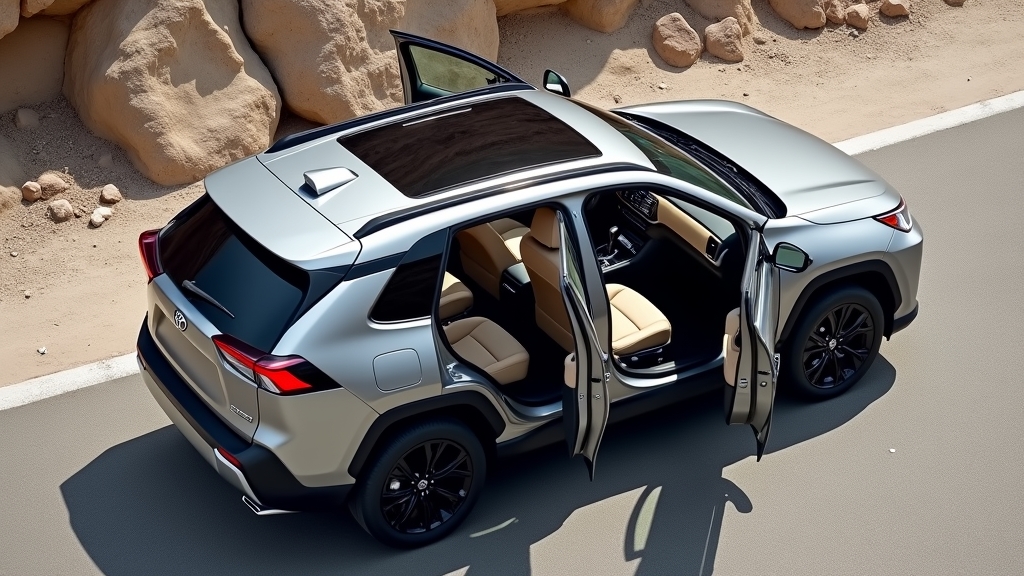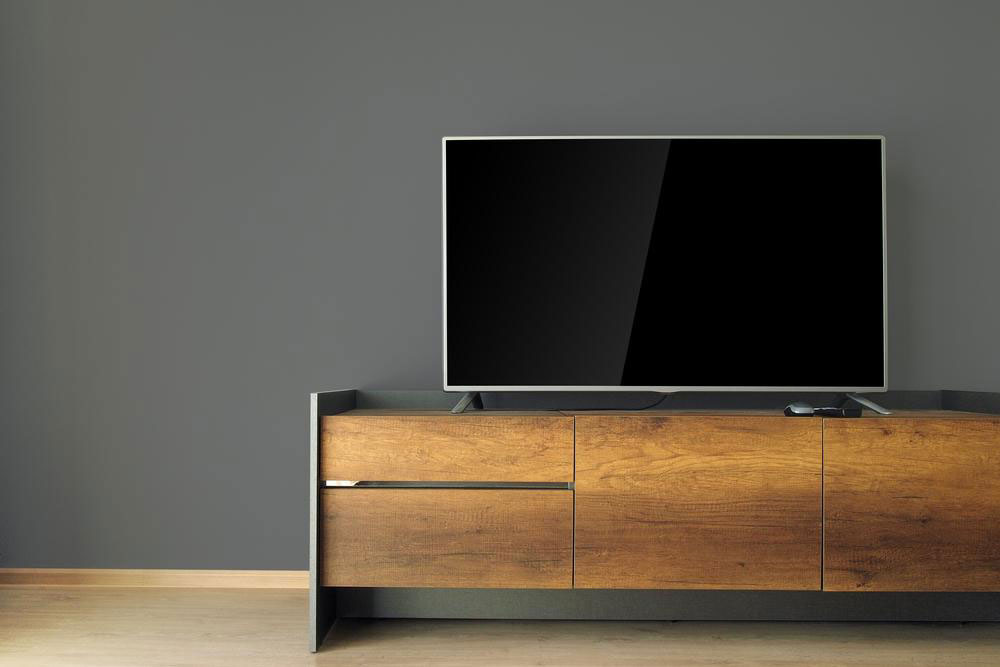Are All-in-One Computers a Smart Purchase?
Explore the advantages and drawbacks of all-in-one computers. While they offer sleek design and ease of use, their upgradeability and long-term performance can be limited. This article helps readers understand if these systems are a wise investment considering their hardware constraints and how they compare to traditional desktops over time.

Are all-in-one computers a smart purchase?
As the personal computer industry contracts, the popularity of all-in-one systems has increased due to their simplicity in setup, operation, and upgrades. Despite overall sales declines over the past five years, these compact machines have gained significant market traction, often at a higher price point than traditional desktops, delighting manufacturers. The appeal lies in their clean design and minimal wiring, which streamline the computing experience and appeal to users seeking elegance and convenience.
However, downsides exist. Over time, upgrade options become limited because the slim design offers minimal space for enhanced components. The initial performance depends greatly on the specifications at purchase, but their compactness and integrated components can hinder long-term performance. These systems often use lower-power processors, like mobile or embedded variants, due to internal space and cooling constraints—examples include models like the Lenovo C50 with a dual-core Core i5-4210U running at 1.7GHz, turbo boosting to 2.7GHz.
Compared to traditional desktops, similar-priced all-in-one models tend to be slower. For example, a $580 all-in-one might feature a basic Core i5 quad-core, 3.2GHz processor, but a standard desktop with similar costs could host a more powerful i7 processor, ample RAM, and better graphics. Moreover, these systems need frequent upgrades, as they tend to slow faster and are less flexible in upgrading internal components. Processors are often soldered directly onto the motherboard (BGA), preventing replacements, and external upgrades like displays or speakers are restricted or costly.
While displays and speakers can become outdated—19-inch, 1280x768 resolutions, or mediocrity in sound—upgrading them isn’t straightforward. Most upgradable components are limited to RAM and storage, but even these are often fully occupied, making upgrades an expensive endeavor. Replacing these parts usually involves replacing entire components, which diminishes cost-effectiveness over time.
In conclusion, all-in-one computers are convenient and stylish, but their future utility is limited by hardware constraints and upgradeability. Their performance and internal hardware may become obsolete faster than traditional desktops, making them less suitable for users seeking longevity or extensive customization.
All-in-One computers
Upgrade limitations
Performance comparison
Design and convenience










